Amidst the Department of Justice’s internal civil war over the release of documents related to Jeffrey Epstein, the DOJ’s long-awaited release of surveillance footage from the night before Jeffrey Epstein’s death was meant to quell speculation. Instead, it has amplified it.
Nearly 11 hours of video from a camera positioned near Epstein’s cell at the Metropolitan Correctional Center was released under the label of “full raw” footage. But forensic analysis by WIRED and independent experts tells a different story. Metadata embedded in the files shows the video was processed in Adobe Premiere Pro—an industry-standard editing suite—suggesting that what was released is not a direct export from the prison’s internal system, but a compilation of at least two separate source files.
The files were saved multiple times on May 23, 2025, under the user account “MJCOLE~1,” and bear the fingerprints of Adobe’s “Ingredients” metadata schema. Two original clip names—2025-05-22 21-12-48.mp4 and 2025-05-22 16-35-21.mp4—appear in the embedded data, strongly indicating the footage was stitched together. Though such editing may be standard for converting proprietary surveillance formats into MP4 files viewable by the public, the DOJ offered no explanation.
Hany Farid, a prominent digital forensics expert at the University of California, Berkeley, reviewed the metadata and found the release inadequate by legal standards. “If a lawyer brought me this file and asked if it was suitable for court, I’d say no. Go back to the source. Do it right,” he told WIRED. He also pointed to changes in aspect ratio as further signs of post-processing.
In a joint statement, the DOJ and FBI reiterated their conclusion that Epstein died by suicide while awaiting trial on sex trafficking charges. The footage, which spans from 8:00 p.m. on August 9 to 6:30 a.m. on August 10, 2019, shows no individuals entering the tier outside Epstein’s cell. However, a one-minute gap between 11:58:58 p.m. and 12:00:00 a.m. remains unexplained, aside from Attorney General Pam Bondi’s assertion that it reflects a “daily flaw” in the surveillance system.
That claim echoes findings from a 2023 DOJ Inspector General report, which documented significant technical failures at the facility. Starting July 29, 2019, most cameras in the Special Housing Unit were reportedly inoperative due to a system error. On the night of Epstein’s death, only two cameras were functional—neither captured Epstein’s cell door.
Commentators across the spectrum seized on the revelations. Media personality Alex Jones called the DOJ’s presentation “sickening,” while author and extremism researcher Mike Rothschild observed, “In the world of conspiracy theories, evidence that disproves something happened becomes proof that something happened.”
For now, the DOJ and FBI continue to deflect questions, referring inquiries to one another and to the Bureau of Prisons. An anonymous forensics expert consulted by WIRED was blunt: “It looks suspicious—but not as suspicious as the DOJ refusing to answer basic questions about it.”
[Read More: California Using Drones To Crack Down On ‘Crime’ Everyone Loves]

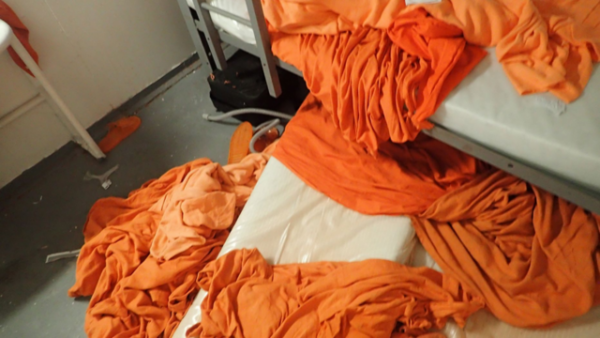
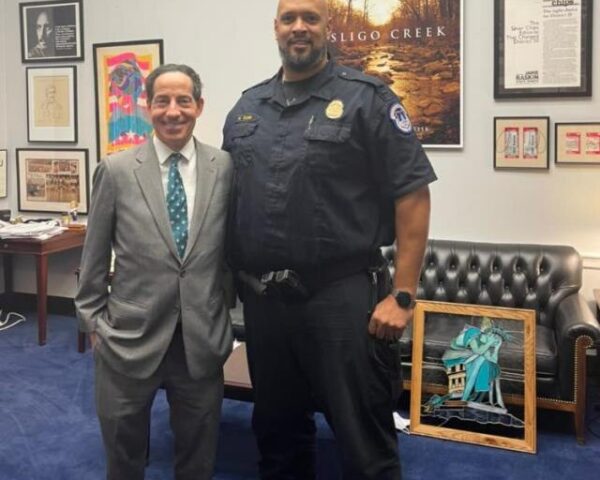


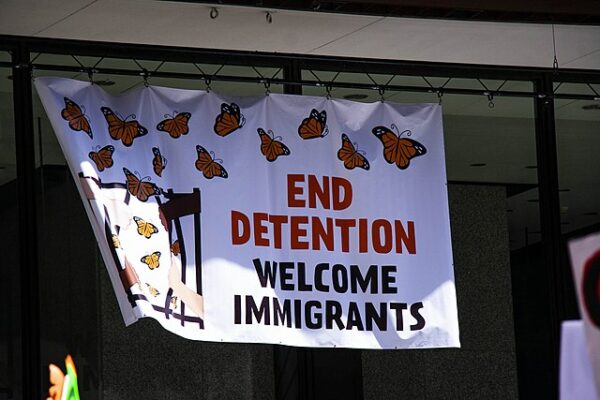


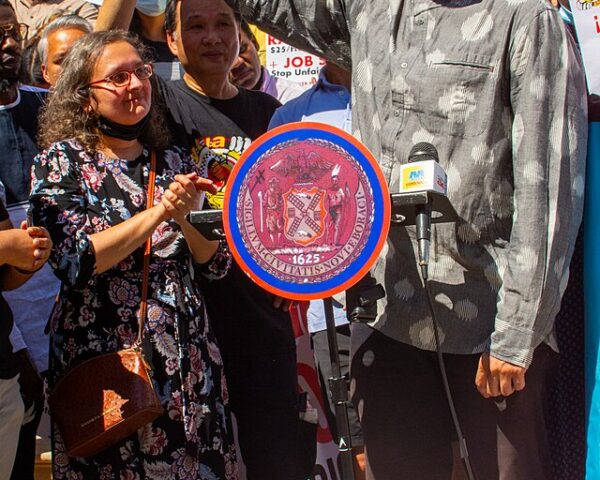
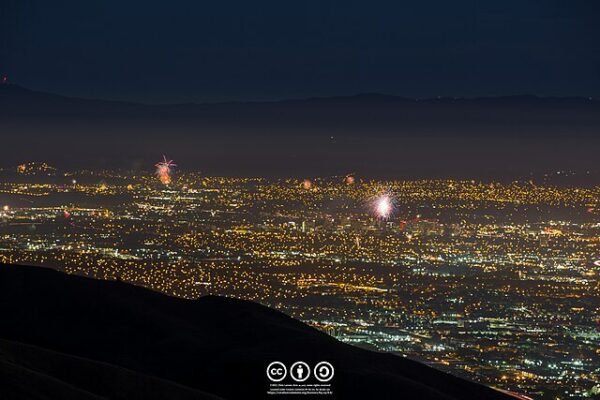
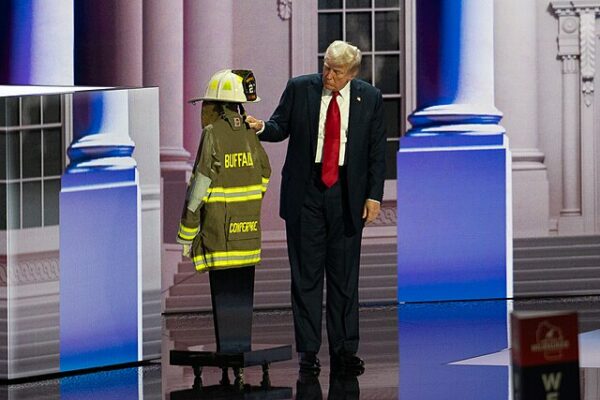
How does one get the truth about all of this ??? Three obvious choices; “waterboard the people involved”, question those involved under “sodium-pentathol” being administered, or 12 volt battery cables attached to certain body parts. At this point only advanced interrogation techniques are acceptable. This issue is not a game of hide and seek any longer. This is real life not Hollywood fiction.